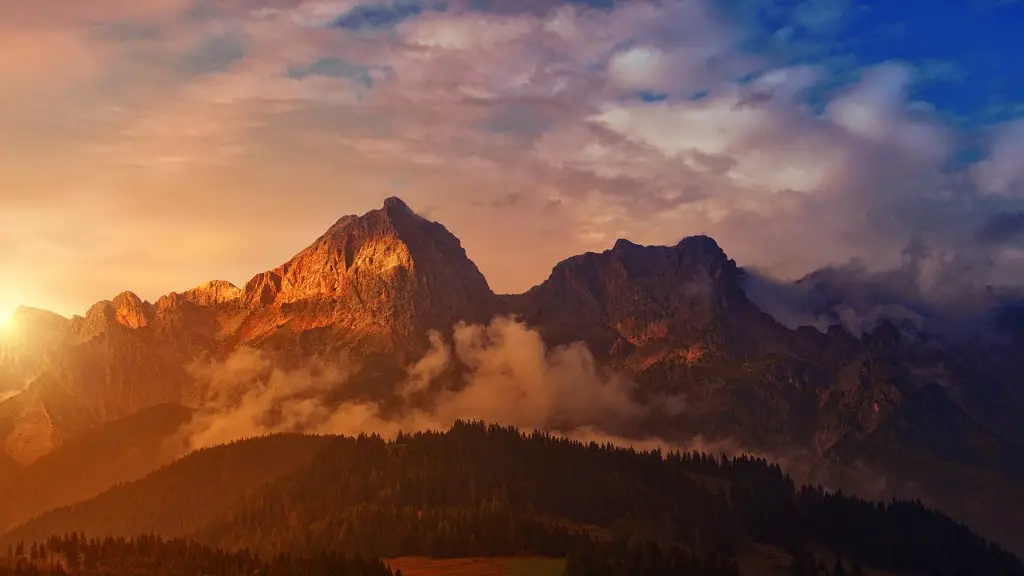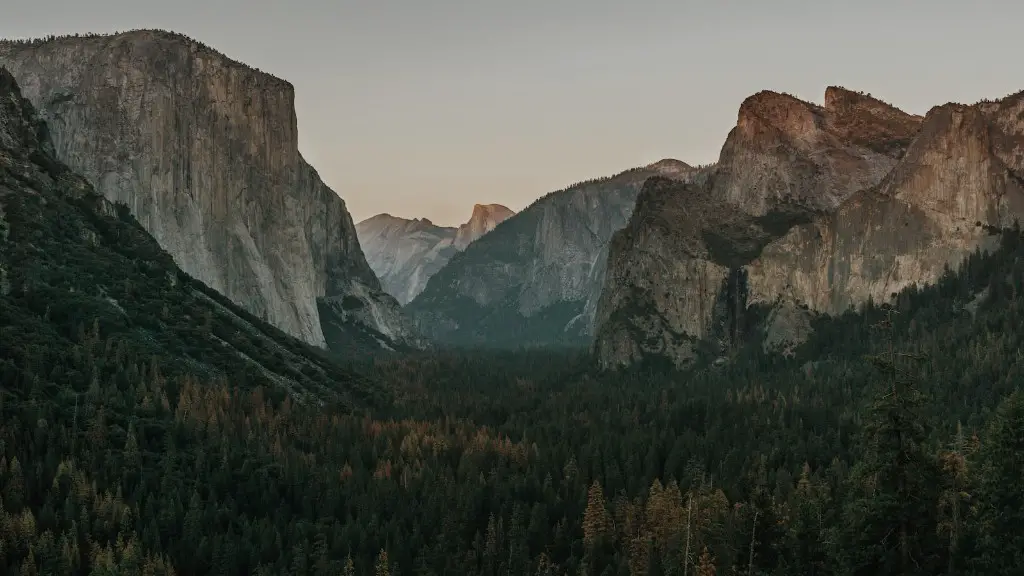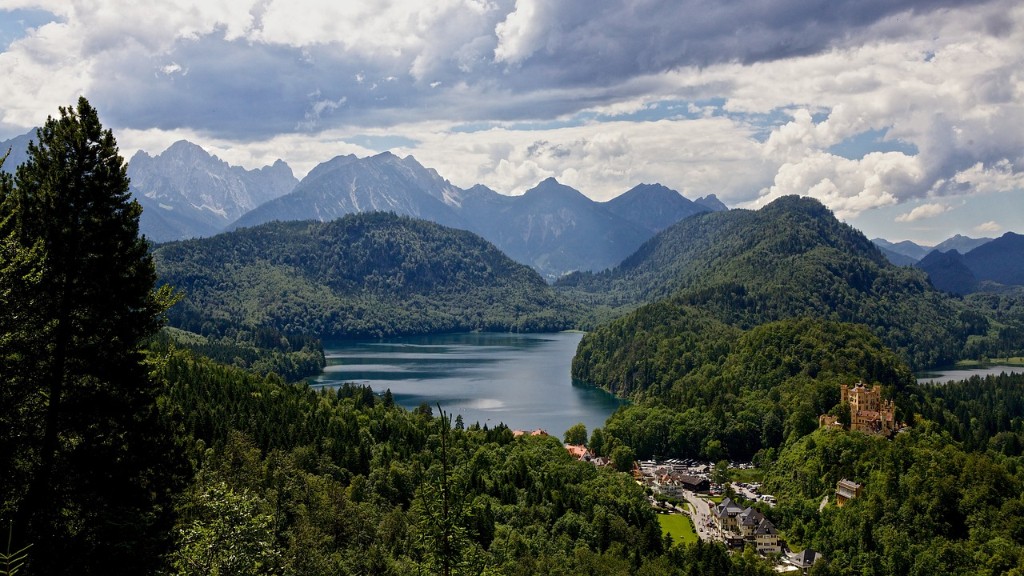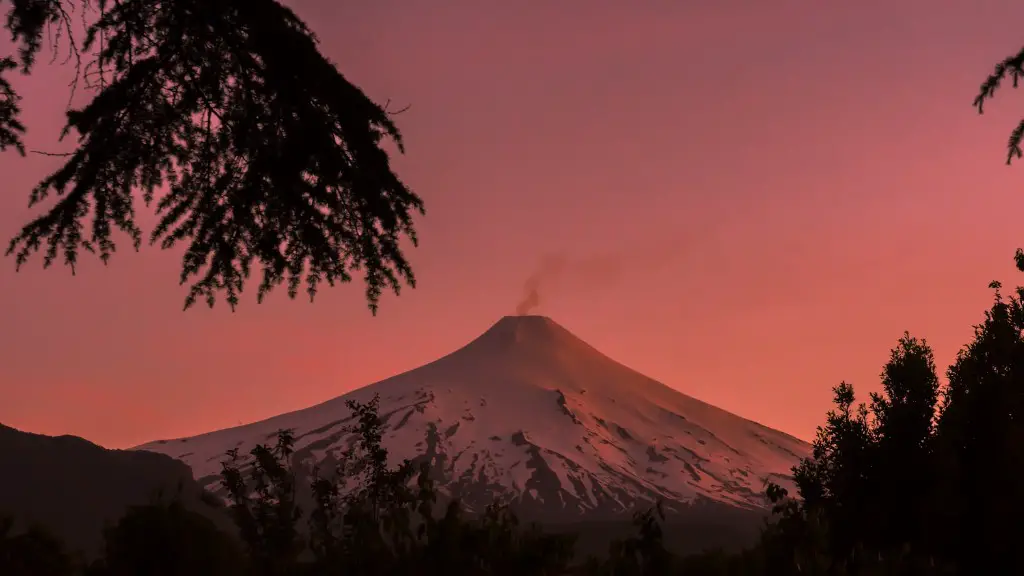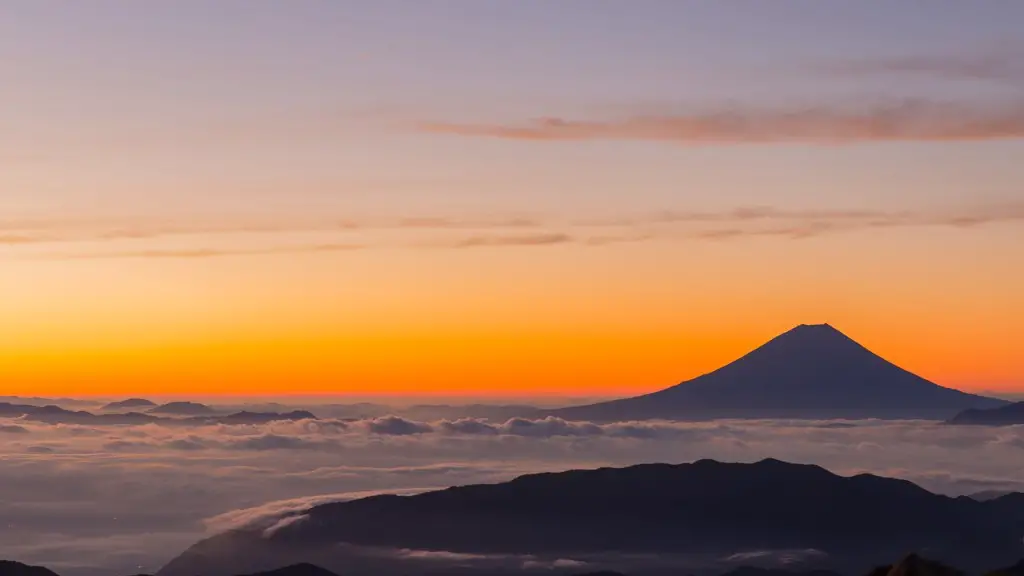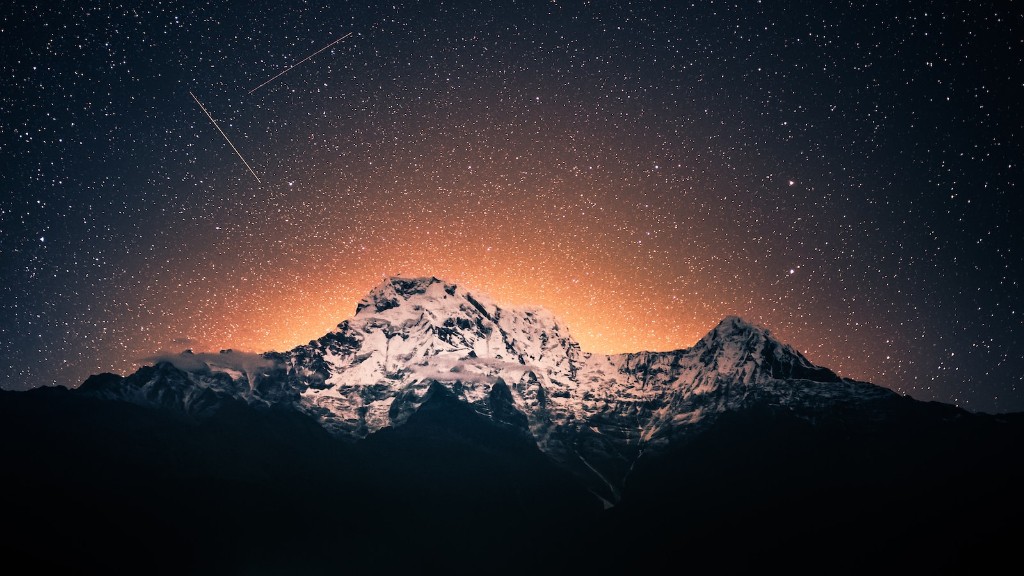Most people associate the tallest mountain in Africa, Mount Kilimanjaro, with its heat and lush vegetation. But the mountain also has glaciers, which are rapidly melting due to climate change.
Mount Kilimanjaro does have glaciers, but they are rapidly melting due to climate change.
Does Mount Kilimanjaro still have glaciers?
The Kilimanjaro ice cap is a significant store of water for the region and is an important resource for the local population. The ice cap is also an important indicator of climate change, as it has been shrinking at an accelerating rate in recent years.
All Tanzanian glaciers are located on the summit of Mount Kilimanjaro. The mountain had 16 named glaciers and three icefields in the middle of the 20th century but by the 1990s, at least 4 glaciers had disappeared and the remaining glaciers had retreated.
Why does Kilimanjaro have glaciers
The current glaciers began to form in 9700BC, but they have gone through several ice ages since then. The fact that there are still glaciers is due to the prolonged ‘cold snaps’, or ice ages, that have occurred down the centuries. These, of course, allow the glaciers to regroup and reappear on the mountain.
The main reason why Mount Kilimanjaro’s summit is snow-capped and covered with ice at the top is owing to the fact that it is located at a high elevation. The air is also very dry at this elevation, which helps to preserve the snow and ice.
Why is it so cold at the top of Kilimanjaro?
The wind chill factor can have a significant impact on the temperature at the top of Mount Kilimanjaro. On a cold night, the wind chill factor can make the temperature feel much colder than it actually is. For example, a temperature of -2 degrees Celsius (28 degrees Fahrenheit) can feel like -15 degrees Celsius (5 degrees Fahrenheit) due to the wind chill factor.
The glaciers on Kilimanjaro are disappearing rapidly and much of this is due to global climate change. However, the problem is being made worse by the mass deforestation in the Kilimanjaro region for firewood, charcoal making, and agriculture. This is having a devastating effect on the environment and the wildlife in the area.
Is Kilimanjaro ice free?
As the climate continues to warm, the glaciers on Mount Kilimanjaro are shrinking rapidly. Since 1912, the glaciers have shrunk by 82%, and 33% of that decline has happened since 1989. At this rate, the experts say that Kilimanjaro will be completely ice-free within the next decade or two. This is yet another example of the devastating effects of climate change, and it is imperative that we take action to reduce greenhouse gas emissions and stop this warming trend.
Most people agree that Kilimanjaro is harder than Everest Base Camp. While there are aspects of the Everest Base Camp trek that are harder than Kilimanjaro, the general feeling is that Kilimanjaro is the harder of the two treks. The main reason for this is summit night – it’s a biggie.
Are the snows of Kilimanjaro melting
The accelerated melting rate of glaciers is a major concern for the future of our planet. If the trend continues, we could see a significant decline in the amount of ice and snow cover within our lifetimes. This would have a major impact on global climate and sea levels. We need to take action now to address this issue.
1. Mount Kilimanjaro is one of the seven summits.
2. Kilimanjaro stands on its own.
3. The mountain is on the equator.
4. Three volcanic cones created Kilimanjaro.
5. Kilimanjaro isn’t dead; it’s dormant.
6. No one knows the real meaning of ‘Kilimanjaro.
7. The first ascent was more than a century ago.
What is unusual about Mount Kilimanjaro?
Mount Kilimanjaro is the tallest mountain on the African continent and the highest free-standing mountain in the world. Kilimanjaro has three volcanic cones, Mawenzi, Shira and Kibo. Mawenzi and Shira are extinct but Kibo, the highest peak, is dormant and could erupt again.
Kilimanjaro’s peak is one of the most common altitudes for mountain sickness. This is because the air pressure (and the amount of oxygen it contains) is less than half that at sea level. This can be very dangerous for those who are not used to it, and it is advised that you take extra care if you are planning to climb to this height.
What is the temperature at the top of Kilimanjaro
The temperatures on Mount Kilimanjaro can vary greatly depending on the time of year and the altitude. At the peak of Uhuru Peak, the temperatures can fall between 20 and -20 degrees Fahrenheit (-7 to -29 degrees Celsius). On the first day of a Kilimanjaro hike, the average temperature is usually around 70 to 80 degrees Fahrenheit. However, at the summit, the temperatures can be much colder, ranging from 20 to -20 degrees Fahrenheit (-7 to -29 degrees Celsius).
Approximately 30,000 people attempt to Climb Mount Kilimanjaro every year and on average the reported number of deaths is about 3 to 10 fatalities per year.
Do you need oxygen tanks for Kilimanjaro?
Kilimanjaro’s altitude poses a significant challenge to climbers, but supplemental oxygen is not necessary to reach the summit. To reach the summit, climbers should use the acclimatization method of walking slowly (“pole pole”) and sleeping at lower altitudes.
At the summit of Kilimanjaro, there is approximately 49% of the oxygen available at sea level. The percentage blood oxygen saturation, combined with your heart rate, are indicators of how well your body is acclimatizing to the altitude.
Conclusion
As of February 2015, Mount Kilimanjaro has no glaciers.
Yes, Mount Kilimanjaro does have glaciers. The mountain has three volcanoes, two of which are covered in glaciers. The mountain is also the tallest peak in Africa.
